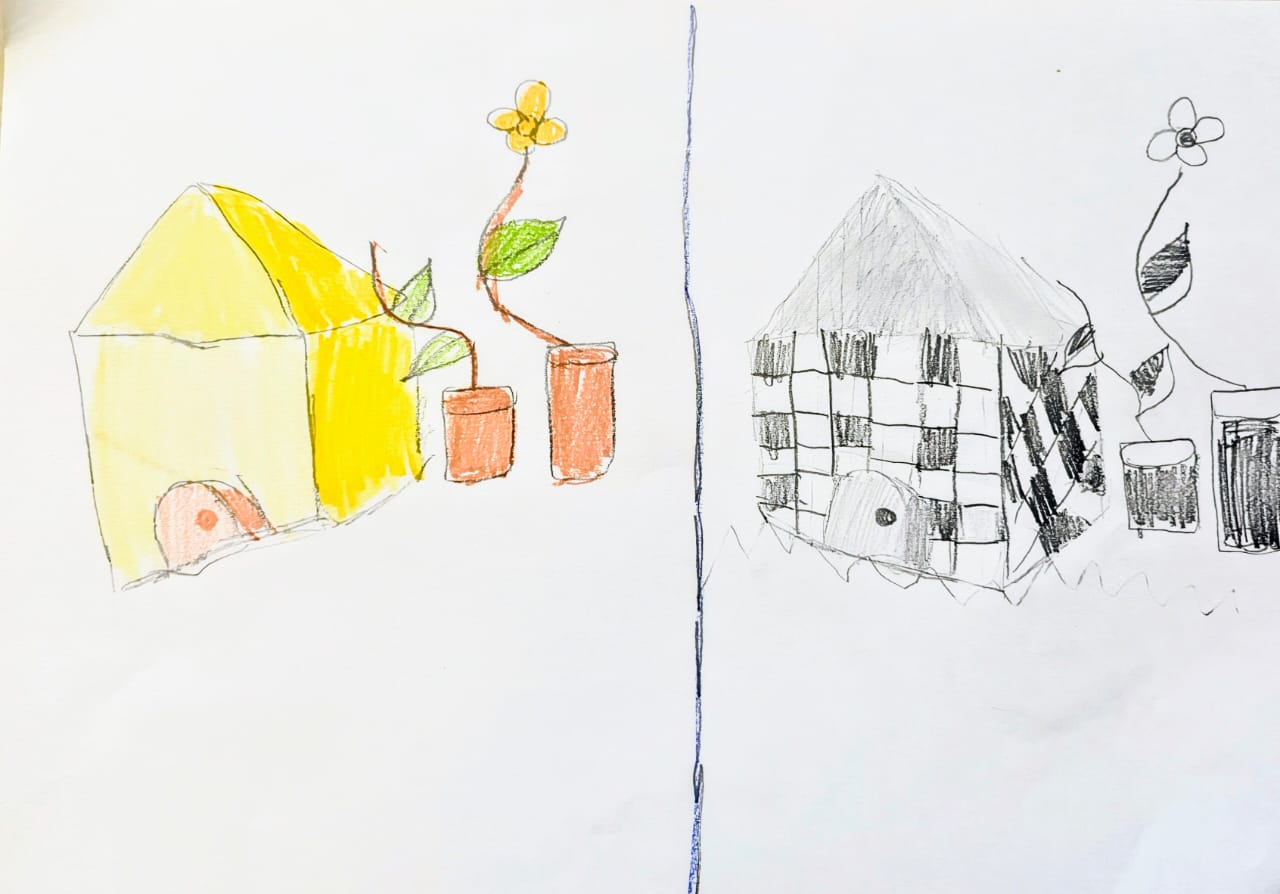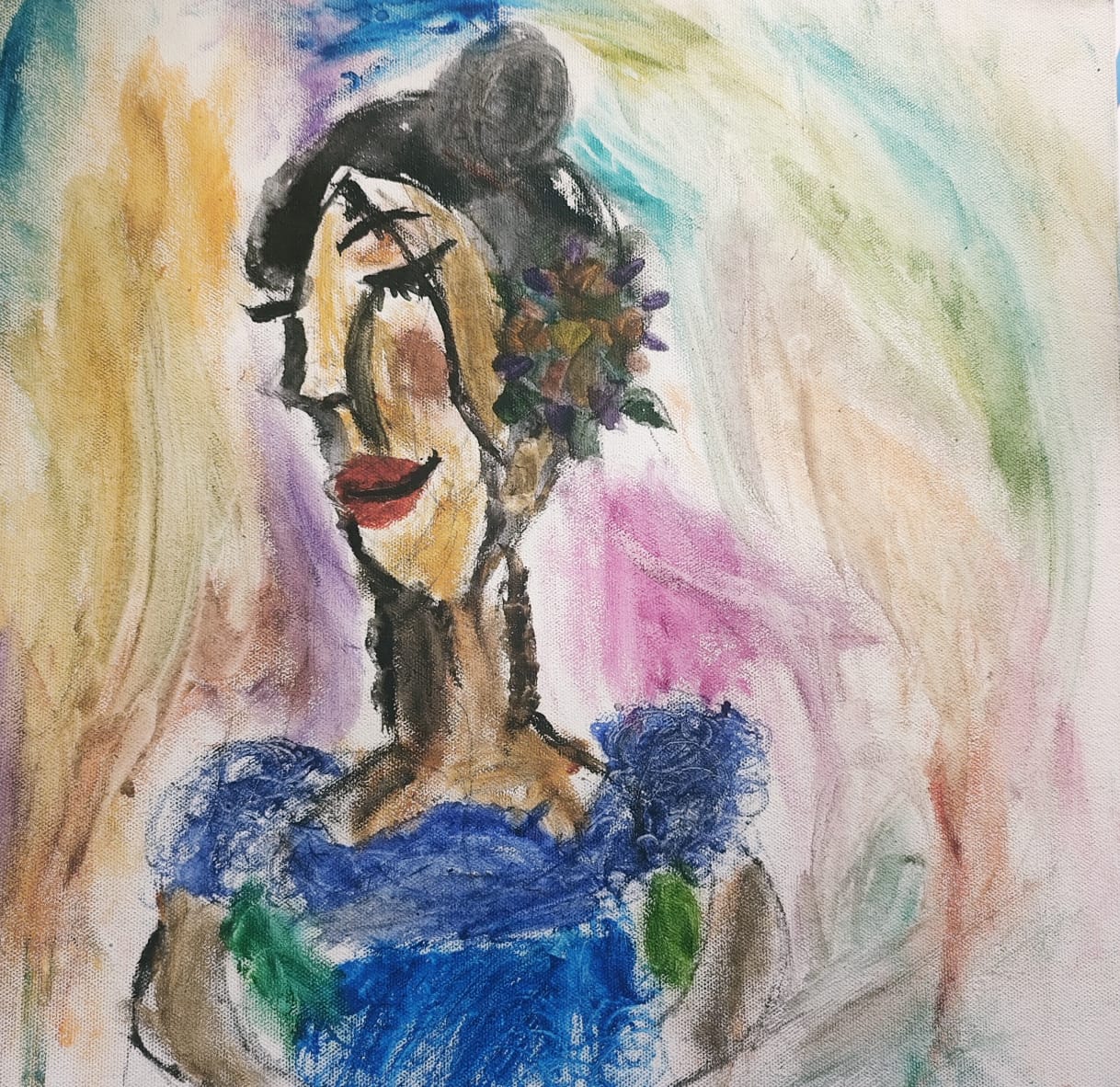
Dr Sathiya Ganesan’s
“Colors carry children’s feelings when they haven’t found words for it yet”
Creative, Compassionate Therapy to Help Children Express, Heal, and Thrive Through Art
Not every child can put their feelings into words, especially when facing anxiety, trauma, grief, or emotional stress. Art becomes their voice.
Art Therapy is a powerful tool that uses creativity to unlock emotional insight, process inner struggles, and promote psychological healing.
Dr. Sathiya Ganesan, Consultant Psychiatrist in Child and Adolescent Mental Health, incorporates Art Therapy into her holistic care approach, offering young minds a safe, non-verbal space to express themselves, build self-esteem, and begin healing.
Understanding Art Therapy
When Words Are Hard, Art Speaks


Art Therapy is a form of psychotherapy where children use drawing and painting as a form of communication when it is difficult for them to express their thoughts, feelings and experiences. It promotes cathartic release of their emotions especially when they have difficulty communicating.
Art Therapy supports children dealing with:
- Anxiety
- Depression
- Trauma and stress related
- Grief/loss of loved one/parental separation and family conflicts
- Developmental disorders like Autism Spectrum Disorders, ADHD
- Emotional dysregulation
- Social withdrawal
Art is used here not to hone a skill but as safe expression of their emotions
Signs a Family May Benefit from Therapy
- verbal communication difficulties
- Mood swings, anger outbursts, meltdowns
- Unable to connect to family or peers
- Social withdrawal
- Low self-esteem
- Trauma related
- Undergoing Grief periods
How Art Therapy Works
In Art Therapy sessions, children are guided through creative activities such as:
- Drawing/Painting
- Collage making
- Texture designs
- Art containers to contain emotions
- Story telling via art
Through each creation, the child shares their inner world, and in turn understand self.
Therapeutic Benefits of Art Therapy
- Emotional regulation
- Encourages communication through art work
- Reduces anxiety
- Enhances attention
- Strengthens confidence
- Process emotions and thoughts
Art Therapy also improves engagement in children who may resist talking to a therapist or having difficulties with verbal or non- verbal communication
Integrating Art Therapy Into Psychiatric Care
Dr. Sathiya Ganesan integrates Art Therapy as part of a broader, personalized treatment plan for children and teens under care for:
- Anxiety and depression
- Autism, ADHD
- Anger/aggression
- Trauma related
- Grief and separation distress
When combined with other therapies (CBT, play therapy, family therapy), Art Therapy enhances emotional depth, insight, and resilience.
Parent Support and Creative Continuation at Home
Parents are supported with:
- Feedback on emotional themes observed through artwork
- Home art activity to bond or as part of spending quality time
- Non-judgmental view of their child’s artworks encouraging emotional validation
- Creating safe space
Creativity becomes a tool for connection between child and caregiver.

Why Choose Art Therapy With Dr. Sathiya Ganesan?
With a deep understanding of children’s emotions and developmental psychology, Dr. Sathiya Ganesan uses Art Therapy not as an activity, but as a means of communication. Her approach is:
- Structured to strengthen emotions and behavior
- Integrated with comprehensive psychiatric care and other therapies
Help Your Child Paint Their Path to Healing
If your child is struggling emotionally but finds it hard to talk about their feelings, Art Therapy can open a door to expression, safety, and healing. Contact Dr. Sathiya Ganesan today to explore this gentle, creative form of therapy designed just for children and adolescents.
Does my child need to be artistic for Art Therapy?
No. Art Therapy is about communication and not about artistic skills.
Is Art Therapy as effective as talk therapy?
Yes. For many children, especially younger ones or those with communication challenges, it’s even more effective in revealing hidden emotions.
What types of materials are used in Art Therapy?
Drawing, painting, collage and clay are commonly used. Sessions are personalized based on the child’s interests and age.
Can Art Therapy be used for children with autism or ADHD?
Absolutely. It supports regulation, sensory expression, and emotional processing, especially in children who struggle with verbal communication.
How can I support Art Therapy at home?
Encourage free art time, provide materials, and let your child create without judgment. Dr. Ganesan will guide you on how to observe and support gently.


